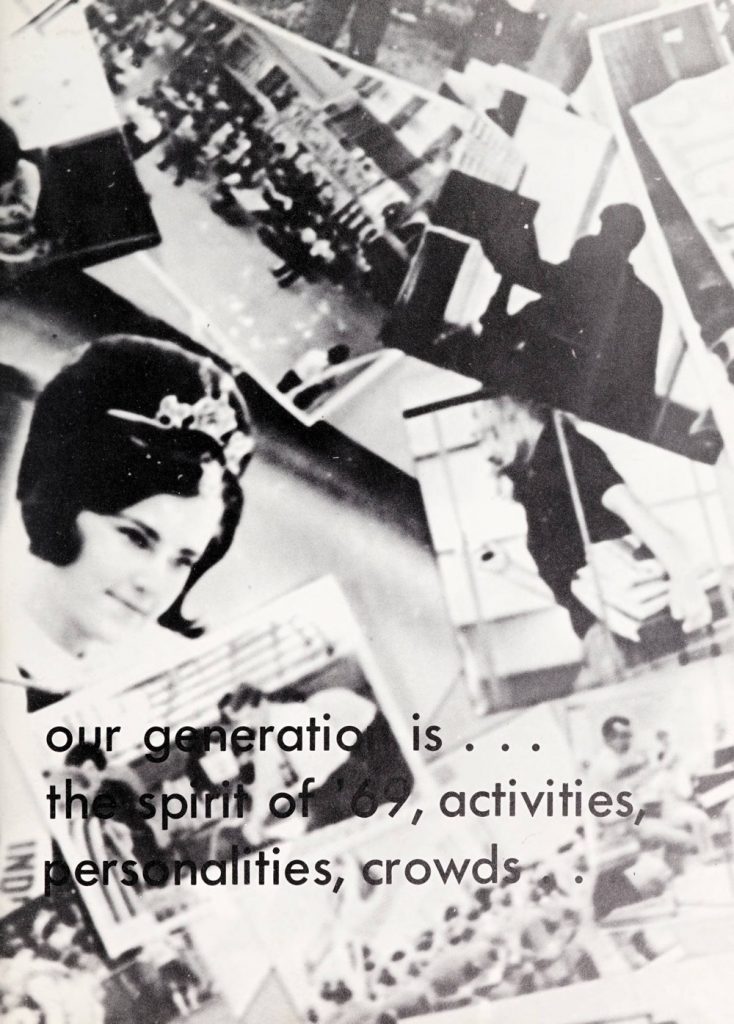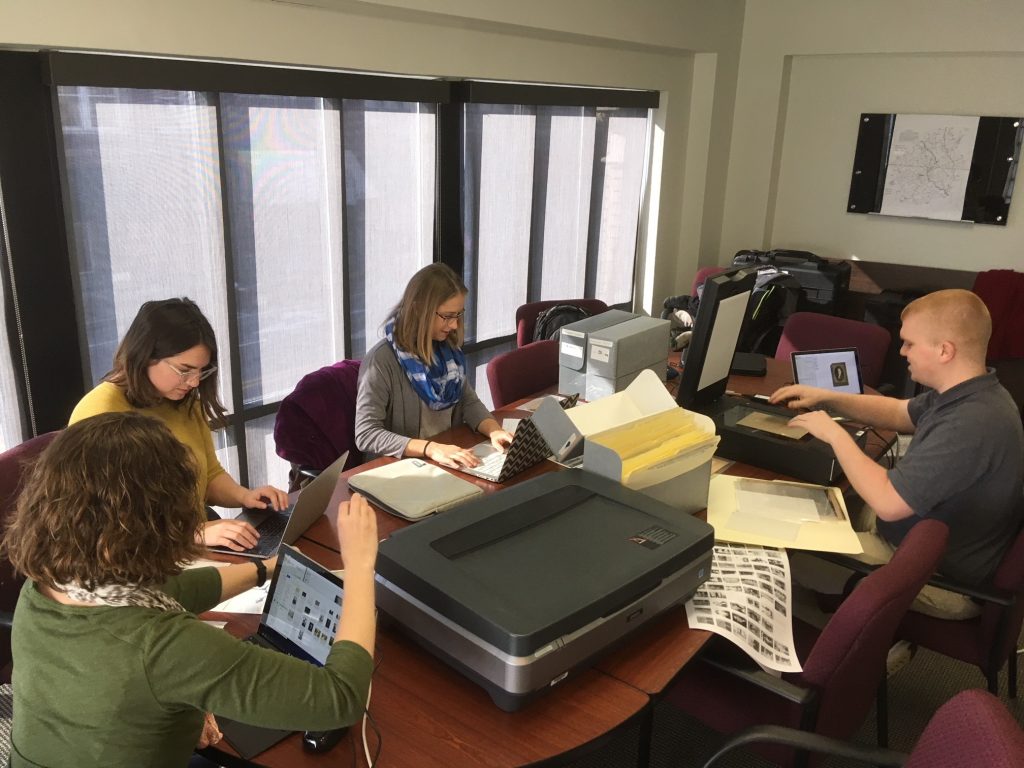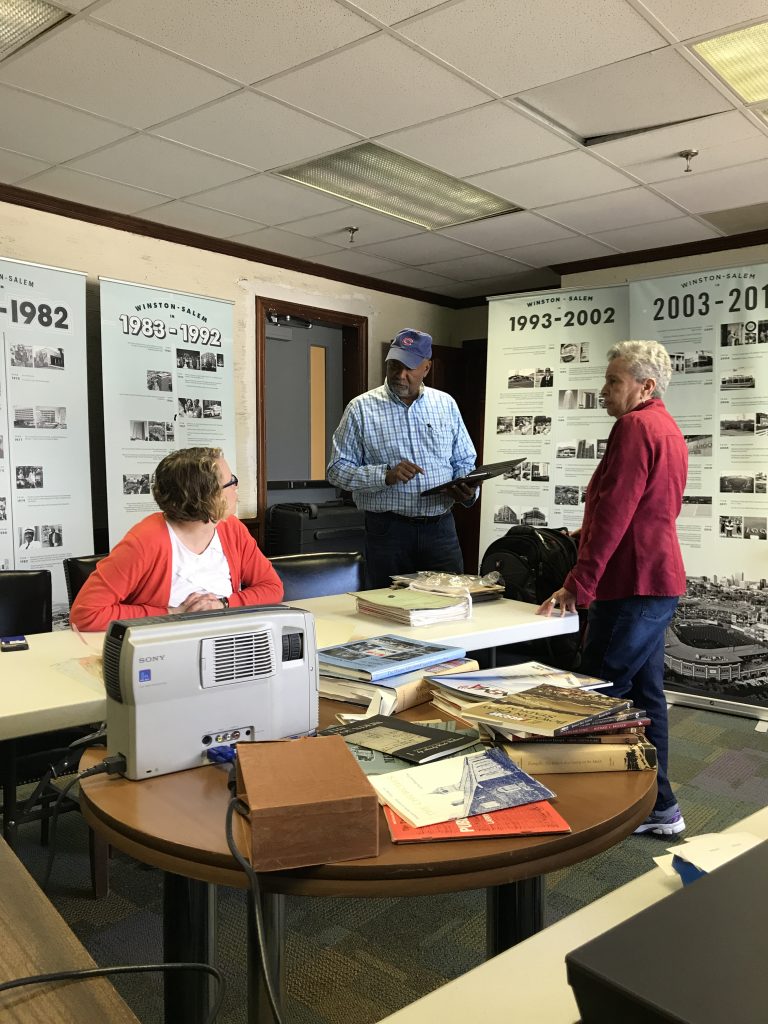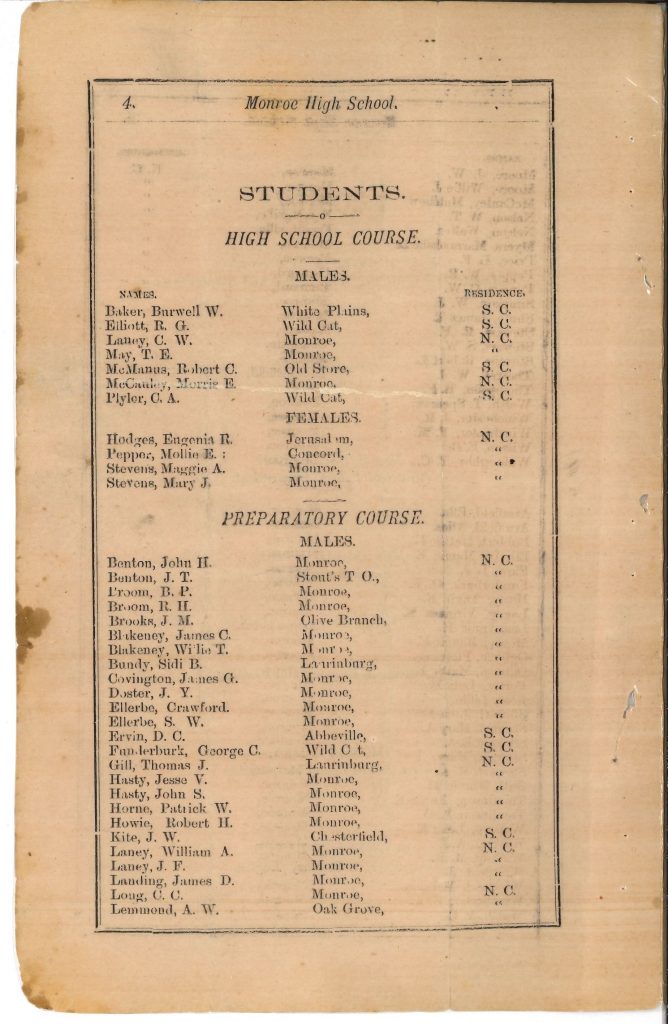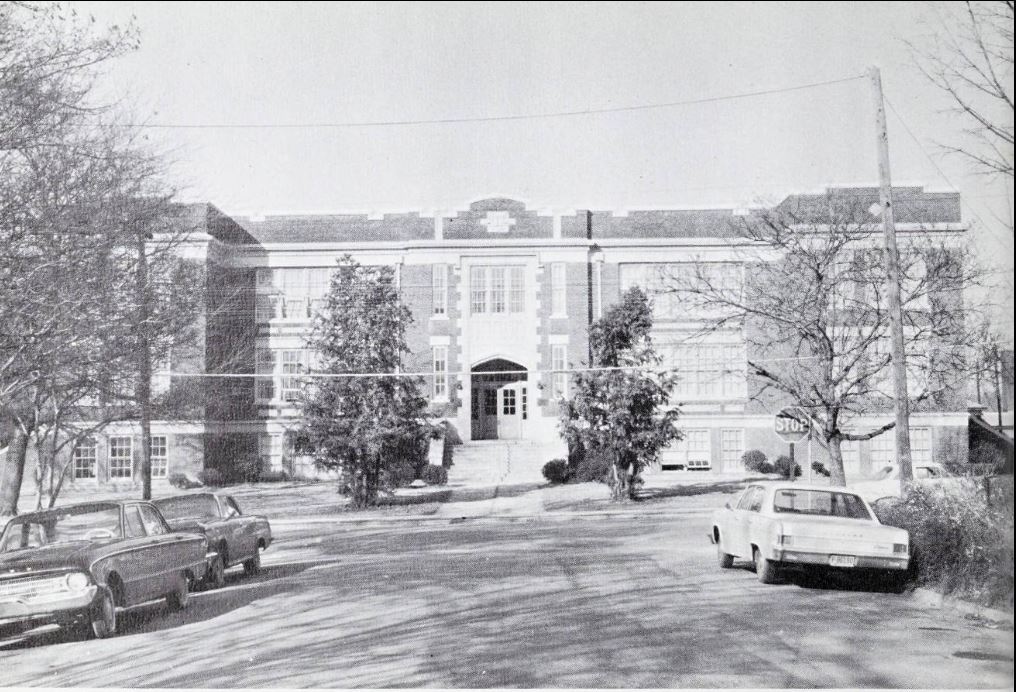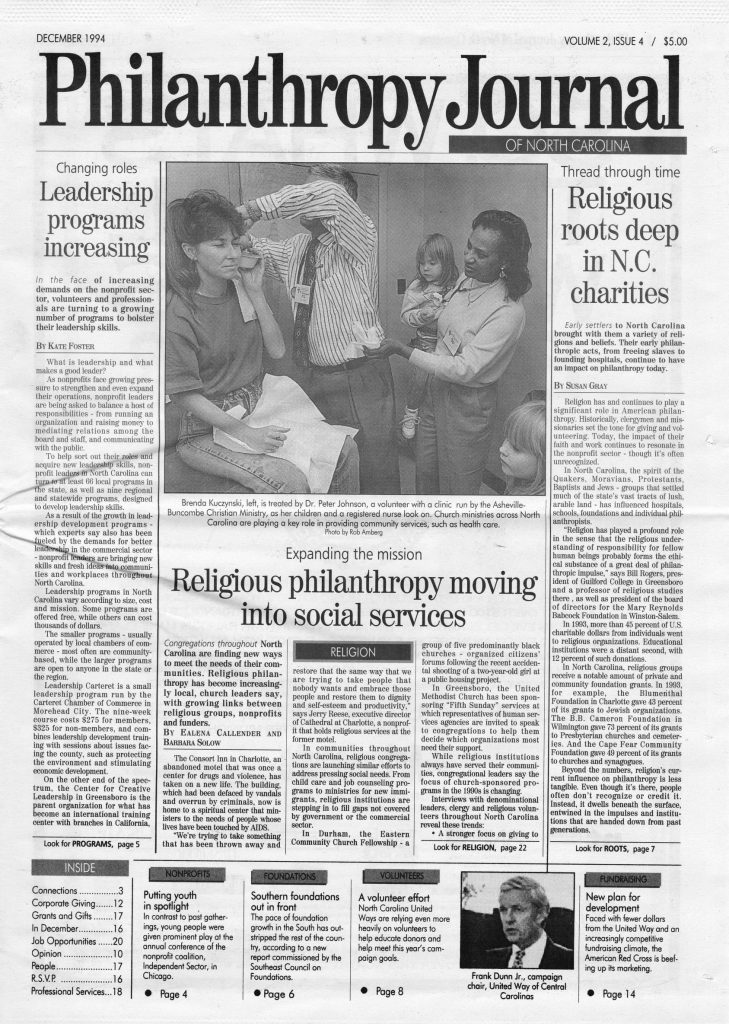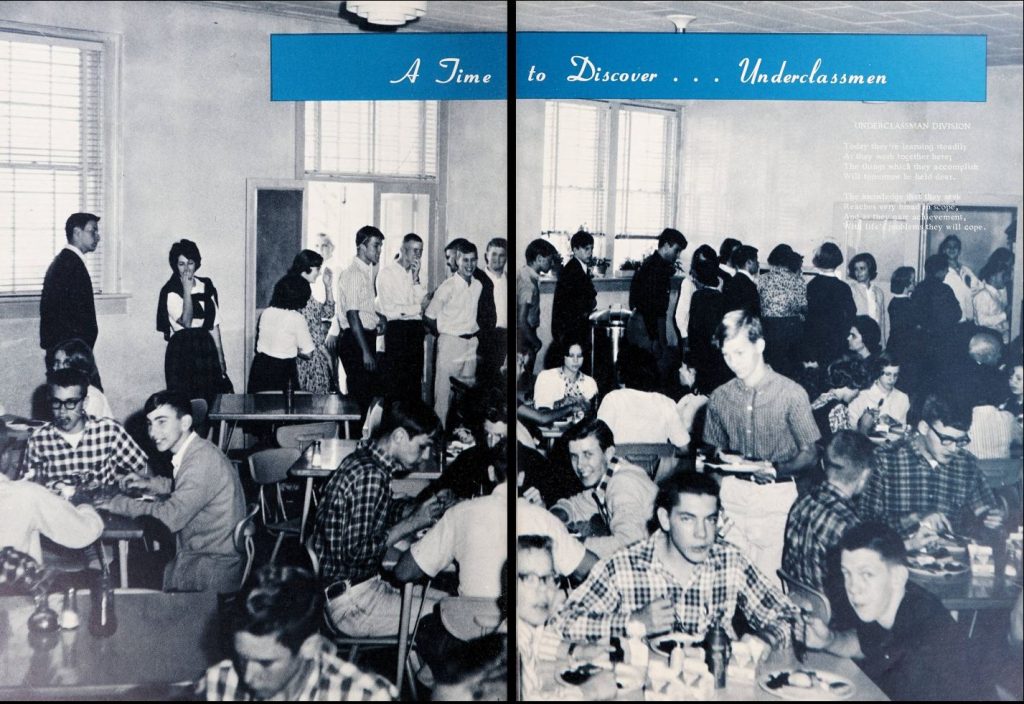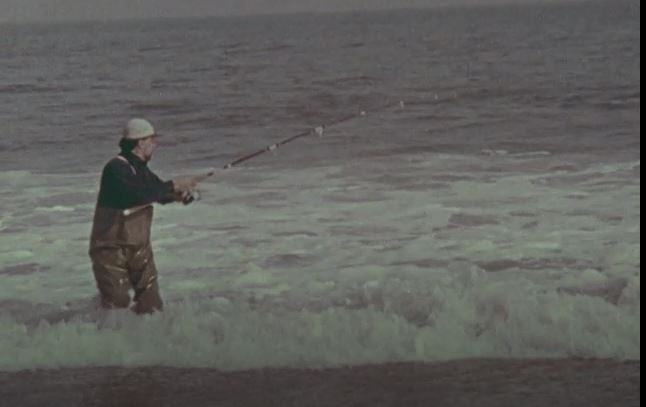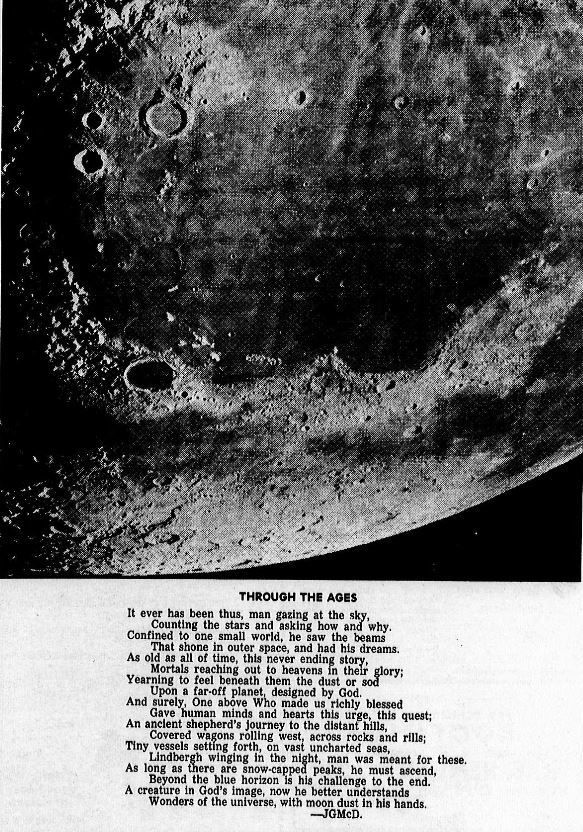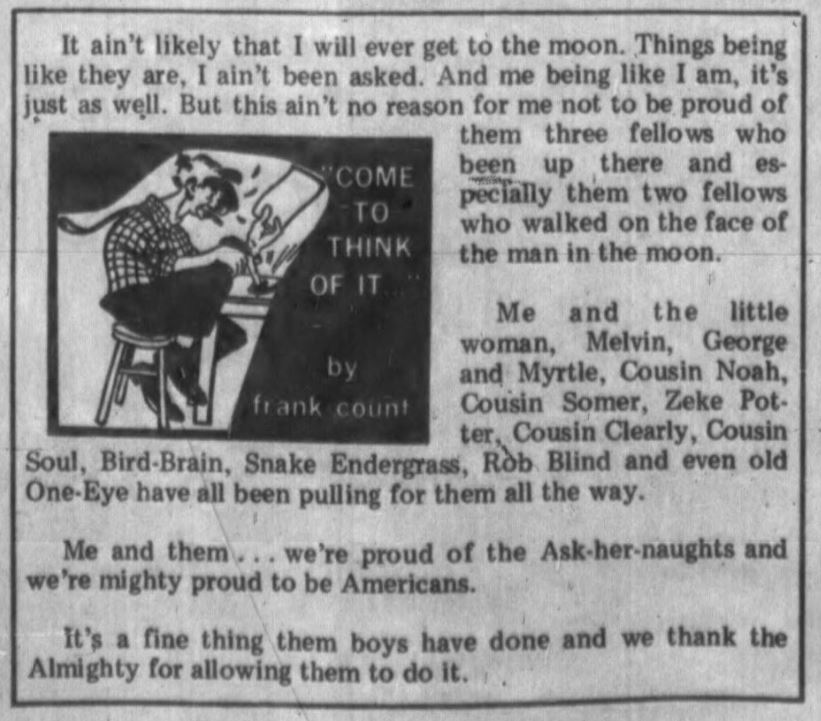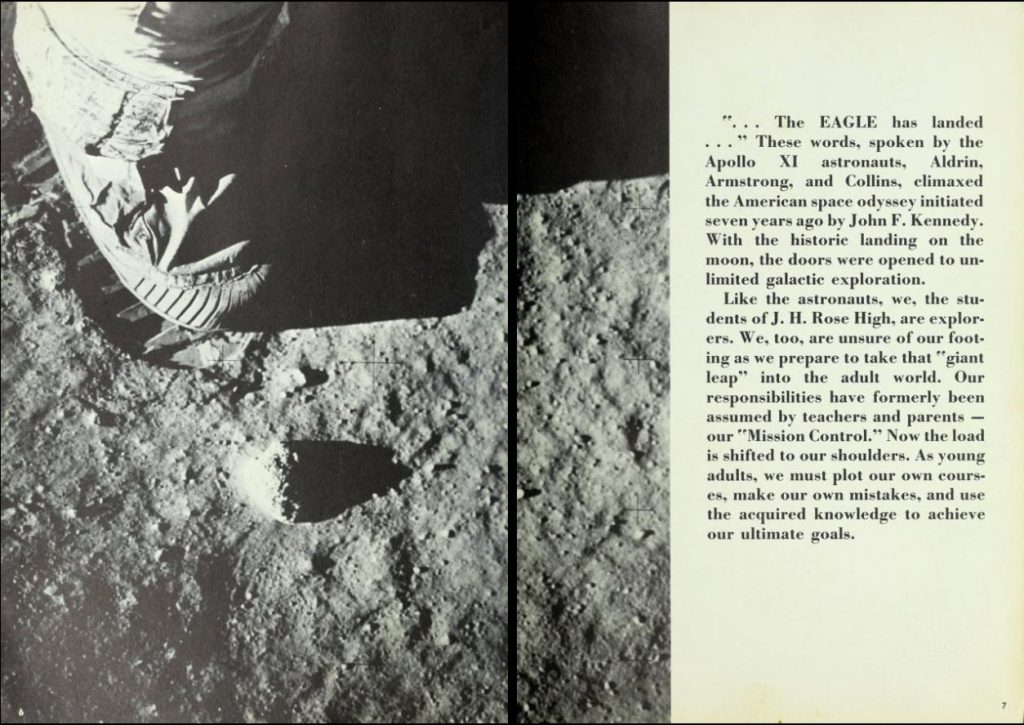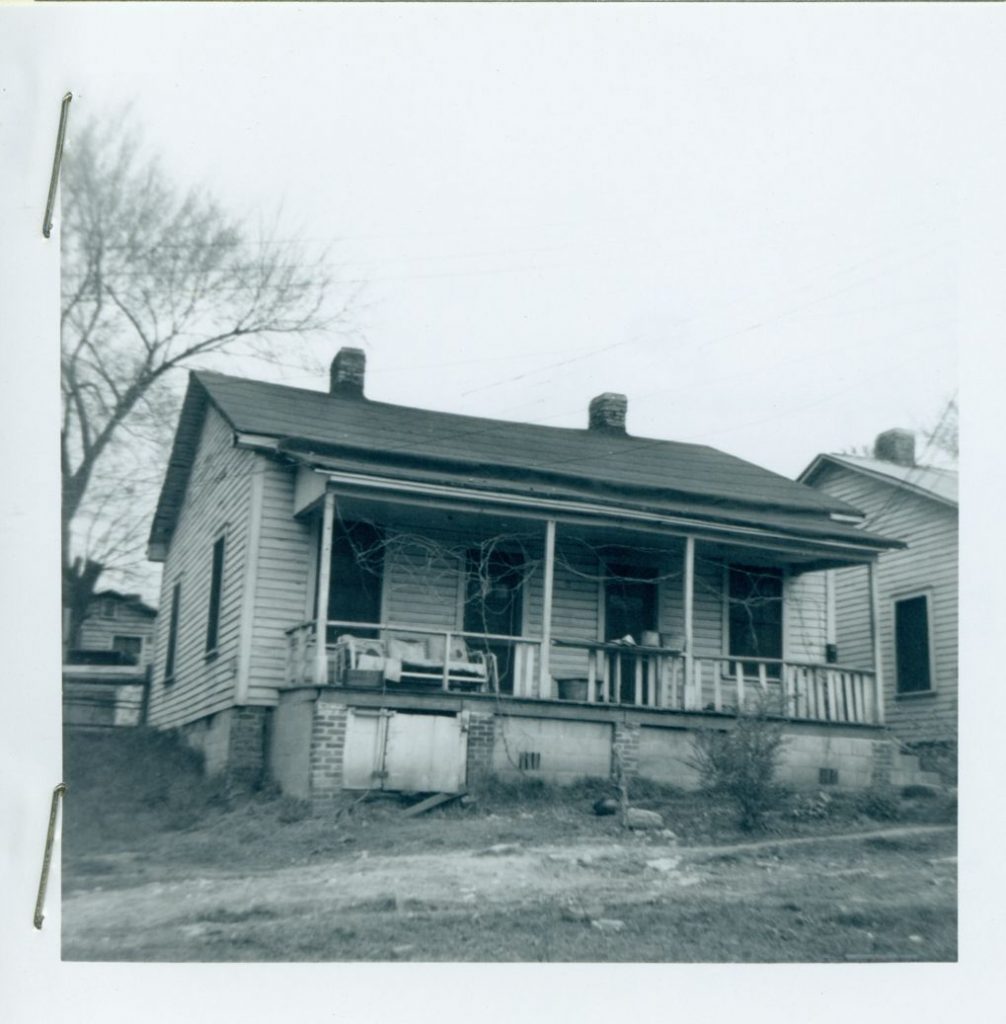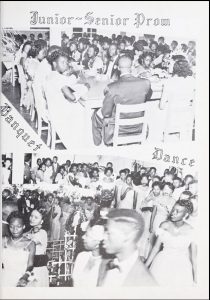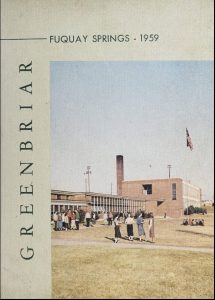This holiday season join us here on the blog for the 12 Days of NCDHC. We’ll be posting short entries that reveal something you may not know about us. You can view all of the posts together by clicking on the 12daysofncdhc tag. And, as always, chat with us if you have questions or want to work with us on something new. Happy Holidays!
Day 5: The 50-Year High School Yearbook Embargo
Yearbooks are a major part of the work we do here at DigitalNC. For many partners, it is the first format that they bring us for scanning and for many of our users, it is what brings them to our site. So one might think we would take any and all yearbooks. However, for high school yearbooks, we have a 50-year embargo, which means right now in December of 2019, we are only scanning high school yearbooks from 1969 and before.
Why? Well for a couple of reasons. The first is privacy. We do not have a similar restriction on college yearbooks because 99% of those featured in a college yearbooks are 18 and older when the yearbook was printed and had a reasonable level of consent to be included. High school yearbooks feature minors and so we have the 50-year restriction for privacy reasons. The other is simply a method to stem the tide of yearbooks that would otherwise come through our door! As North Carolina’s population grew and yearbooks became increasingly a normal part of the high school experience, there are literally thousands for the 1970s through 2000s out there. This embargo allows us to control that flow somewhat, as we only have a limited capacity for yearbook digitization each year.
That said, on January 1, 2020, we’ll be happy to scan any 1970 yearbooks you may have in your collection. Some of our partners already send us a whole new round every spring and we invite any of our partners with yearbooks to send us a new batch as we enter a new decade of digitization. (And what a decade it should be! We are excited about the fashion and hairstyles we will be seeing very soon!)
Check back on Friday as we reveal Day 6 of the 12 Days of NCDHC!
